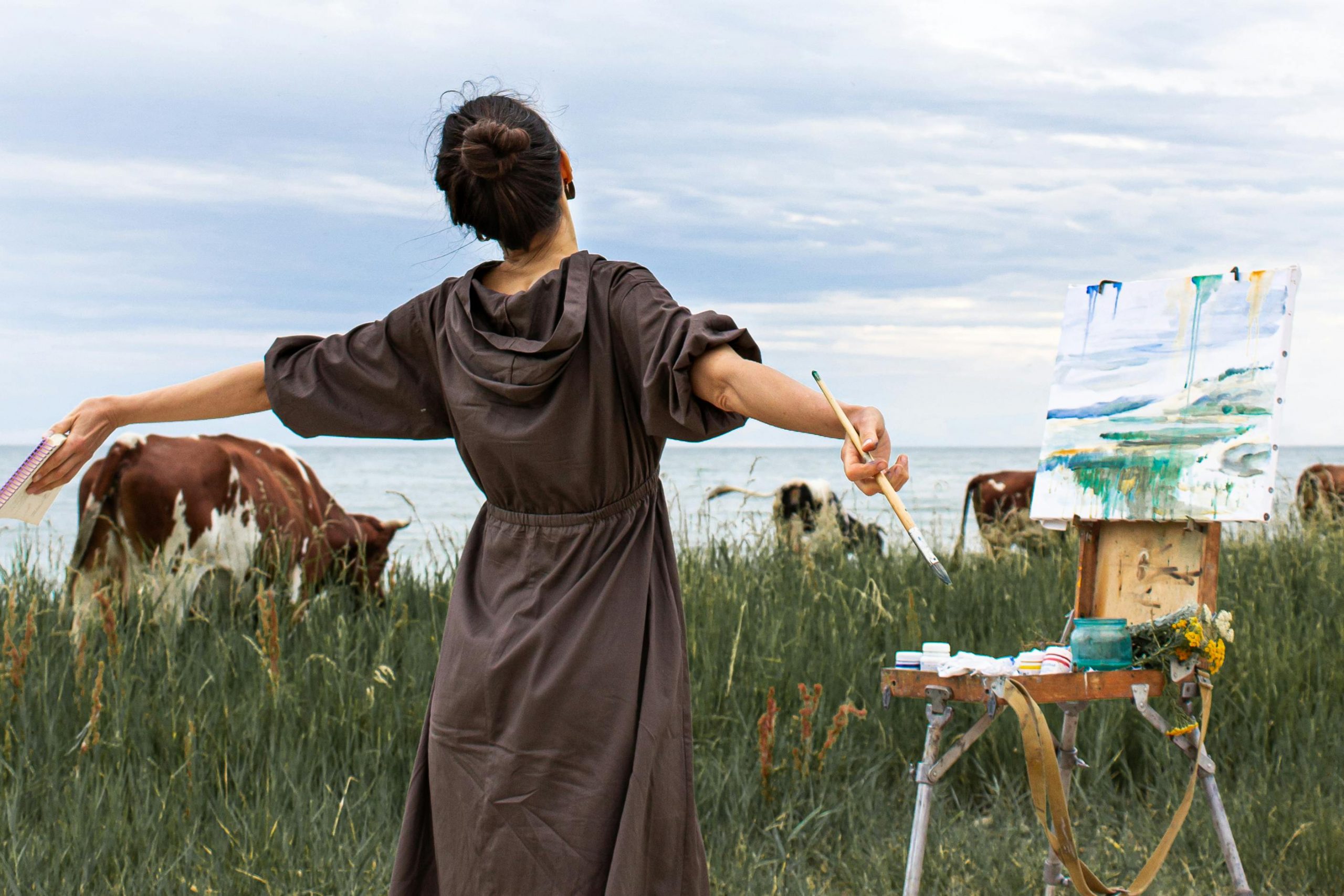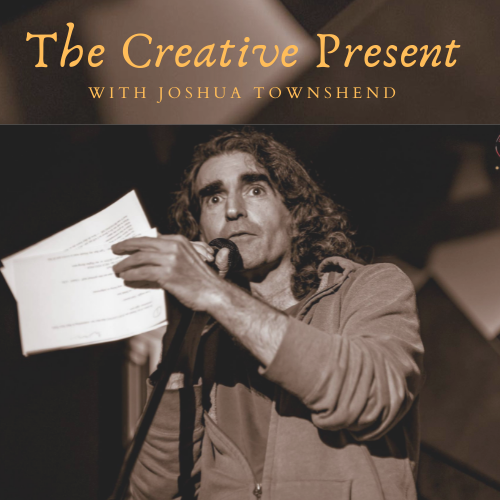Embodying Creativity: Thoughts, Feelings, and Sensory Inputs in Your Art
Thoughts and Feelings: From a Somatic Experience Point Of View.
Let’s dive into the fascinating interplay between thoughts and feelings.
Imagine your thoughts and feelings as a two-way street, where one influences the other. It’s a bit like a dance – sometimes it’s a waltz, other times it’s a cha-cha. The key element here is to see & feel the relationship between thoughts and feelings in a somatic way, meaning it’s a full-body experience.
You can harness this dance to fuel your creativity when fully present and aware. Imagine focusing on a thought – it could be anything from “I’m excited about this new project” to “Why does my cat always stare at me like that?” That thought generates a feeling, and you’re suddenly in motion. You’re embodying your art.
Sensory Input: The Building Blocks of Your Creativity
Now, let’s talk about sensory input. Our sensory apparatus – sight, sound, smell, taste, and touch – are the channels through which we experience the world. Each of us has a unique sensory profile, and understanding yours can unlock new levels of creative expression.
Focus of Attention
First, you need to be present.
Being present means fully engaging with your sensory inputs, thoughts, and feelings. This heightened awareness allows you to filter and interpret the sensory signals in a way that resonates with your artistic vision.
For example, some people are highly sensitive to sound. The hum of a city street, the rustle of leaves, or the song’s melody can evoke powerful thoughts and feelings. Visual stimuli like colors, shapes, and movements are more impactful for others. Seeing a sunset, a piece of art, or even a cluttered desk can spark a creative surge.
Personal Sensory Preferences
Let’s look at how personal sensory preferences shape our experiences and, consequently, our art.
Imagine you’re choosing a restaurant. For some, the deciding factor is the visual appeal – the ambiance, lighting, and decor –. They want a place that feels romantic or cozy. For others, taste is paramount. They choose based on the quality of the food, the flavors, and the culinary experience. Then others will prioritize sound – the music, the chatter, the noise level. Each sensory input carries its own weight.
Applying Sensory Awareness to Your Creative Process
As artists, we must recognize which sensory inputs we favor and how they influence our work. Once we are aware of our preferences, we can begin to layer in other sensory elements to create a richer, more immersive experience for our audience.
For instance, if you’re primarily visually oriented, start paying more attention to sounds. How do different sounds enhance or change your perception of a scene? Or, if taste is your go-to sense, experiment with integrating touch and texture into your creative process.
Thoughts and Feelings: The Narrative Engine
Thoughts and feelings are not just abstract concepts; they are the narrative engine driving your creative process.
Think of your characters – their thoughts and feelings are the heartbeat of your stories. They add depth, dimension, and authenticity.
You create a more compelling narrative when you can fully embody your characters’ thoughts and feelings. This embodiment extends beyond mere intellectual understanding. It’s about feeling your characters’ feelings, thinking what they think, and expressing it somatically.
Sensory Inputs in Character Development
Now, let’s integrate sensory inputs into character development.
Each character can have a distinct sensory profile that shapes their experiences and actions. One character might be visually driven, noticing every detail in their environment. Another might be more attuned to sounds, reacting to the subtlest changes in tone.
Varying the sensory inputs you focus on for different characters can create more nuanced and engaging stories. This approach enhances your storytelling and broadens your work’s appeal to a diverse audience.
Expanding Your Creative Horizons
You’ll find new dimensions to your creativity as you explore the interplay of thoughts, feelings, and sensory inputs. The goal is to create a more holistic and immersive artistic experience. Being present and fully aware allows you to tap into a more bottomless well of inspiration and bring your unique vision to life.
So, the next time you sit down to create, take a moment to center yourself. Tune into your thoughts and feelings, engage your sensory apparatus, and let the dance begin. Remember, creativity is not just about what you produce; it’s about the journey of self-expression and discovery.
For your next Creative Session: Embrace the Dance
Embracing the dance of thoughts, feelings, and sensory inputs can transform your creative process.
By being present and aware, you can fully embody your art and create works that resonate deeply with your audience. So go ahead, dive in, and let your creativity flow.
Thank you for joining me in this exploration of creativity.
If you enjoyed this post, please share it with fellow creatives and follow my YouTube channel for more insights and inspiration.
And remember, stay present, stay aware, and keep creating.
Also, don’t forget Part 2 of this series. 😉
Yours Truly
Joshua






